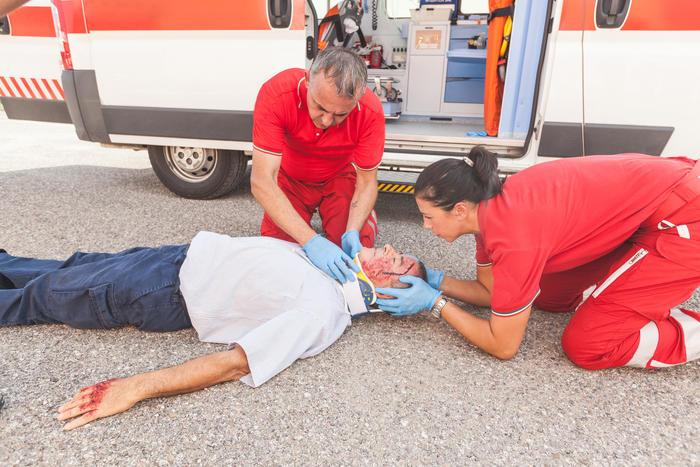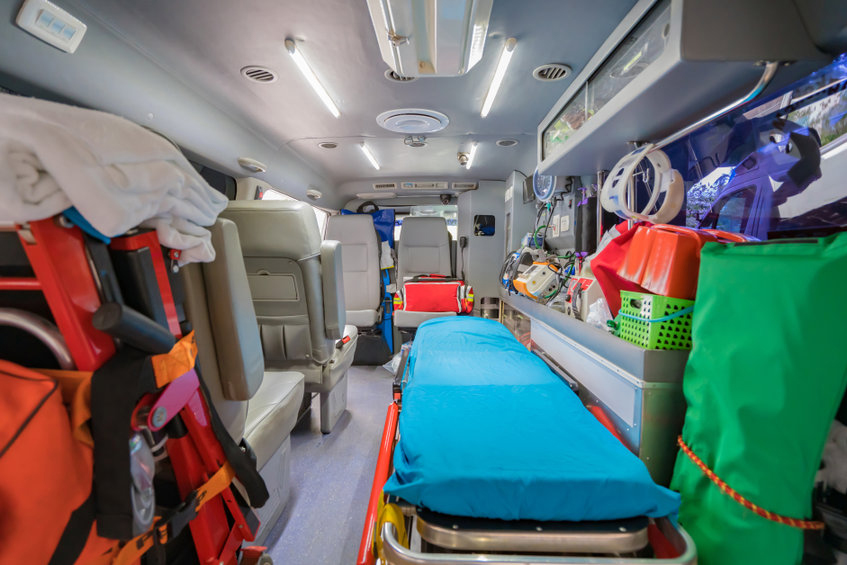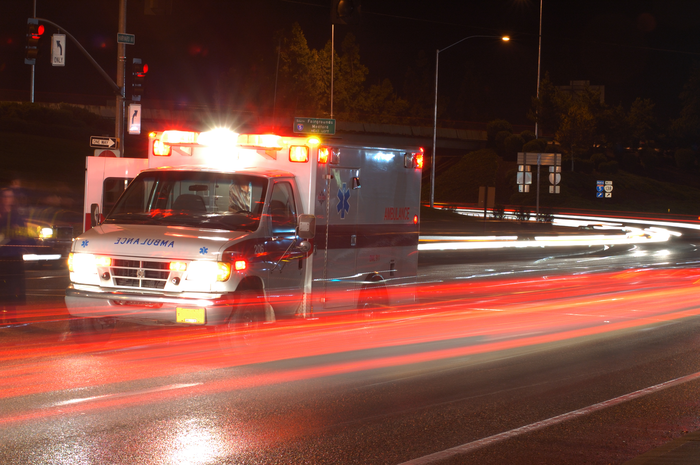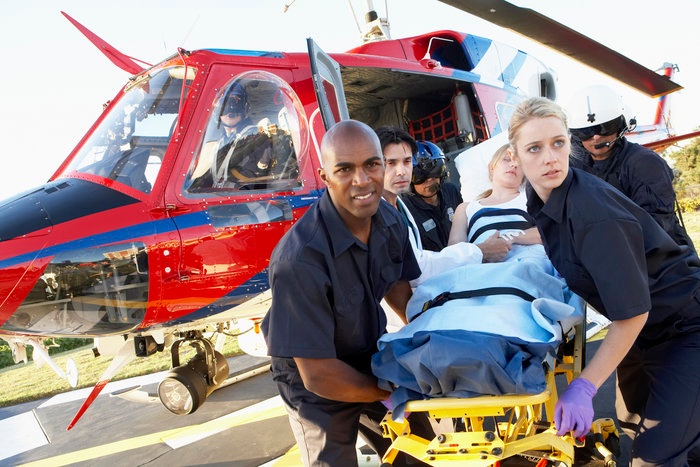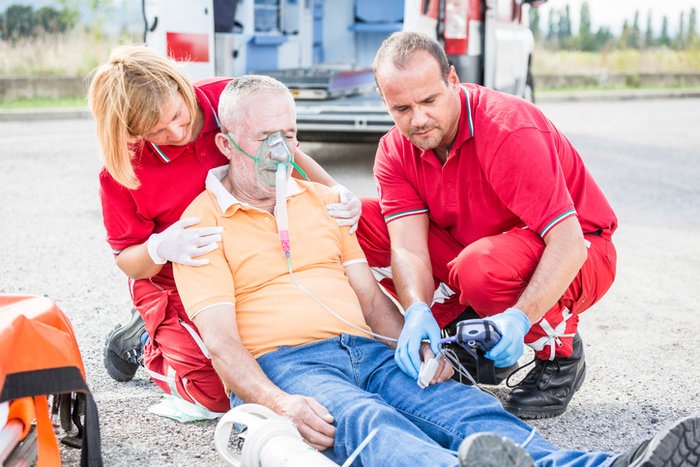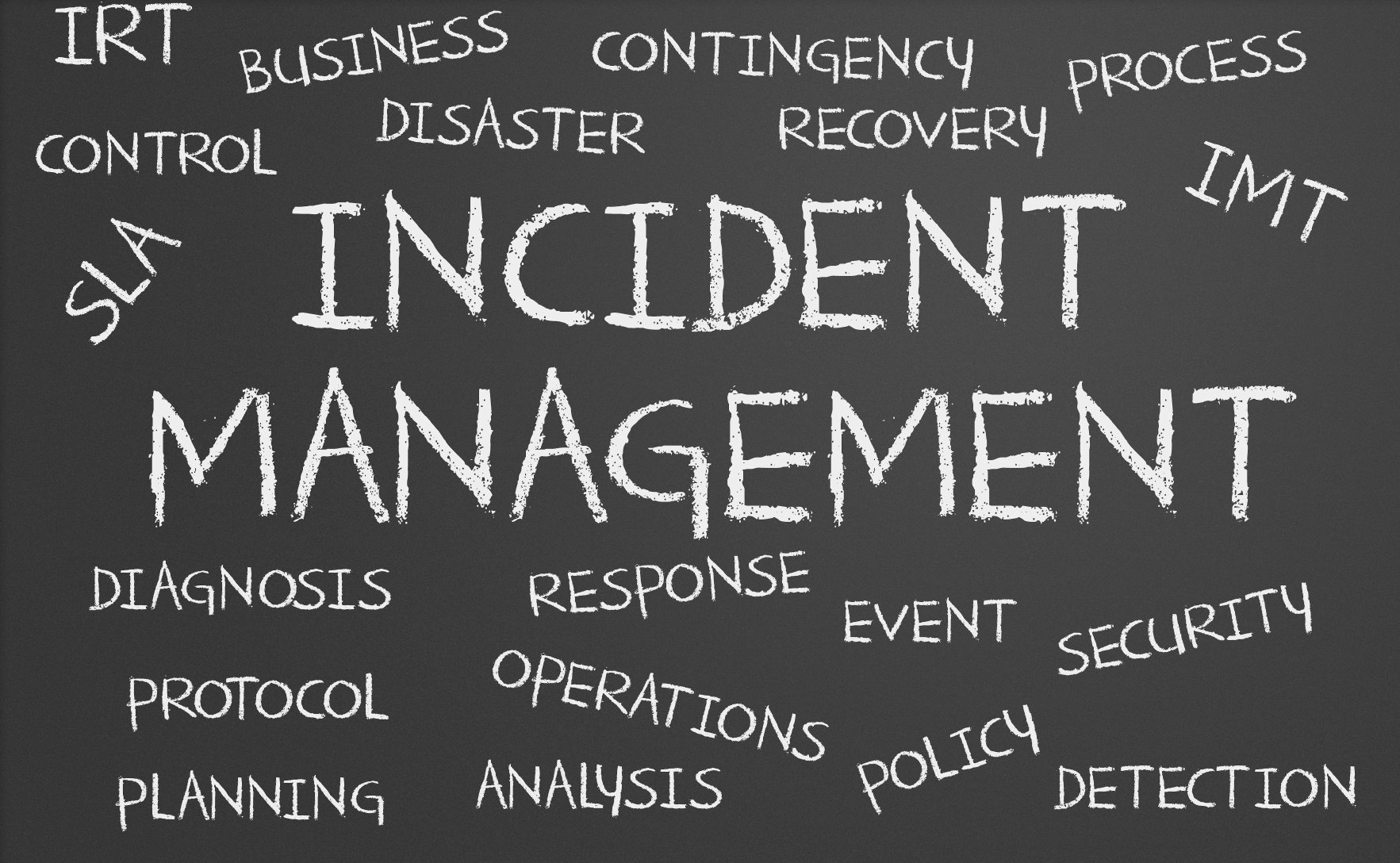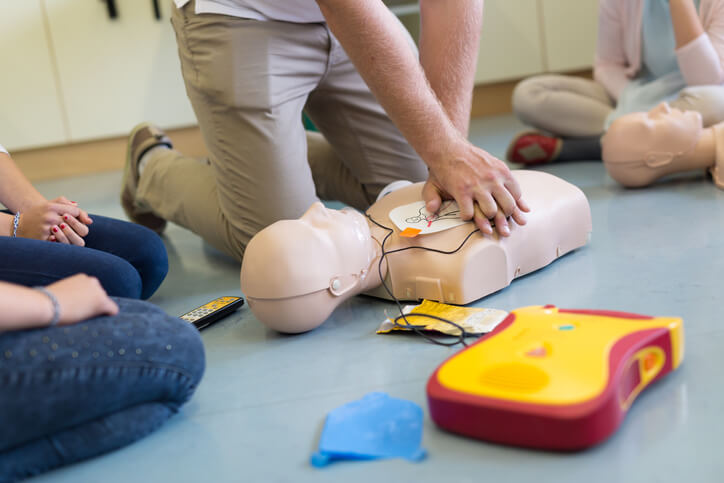Neurological emergencies come in many forms, many of them life-threatening. Any pathological process or traumatic injury that impacts the patient's neurological system can have devastating consequences: paralysis, brain damage, or even death. As an emergency provider, you must be prepared to support your patient's vital functions. This includes ensuring adequate circulation—by maintaining blood pressure and pulse—along with oxygenation, through oxygen therapy, intubation, and, most importantly, suction.

